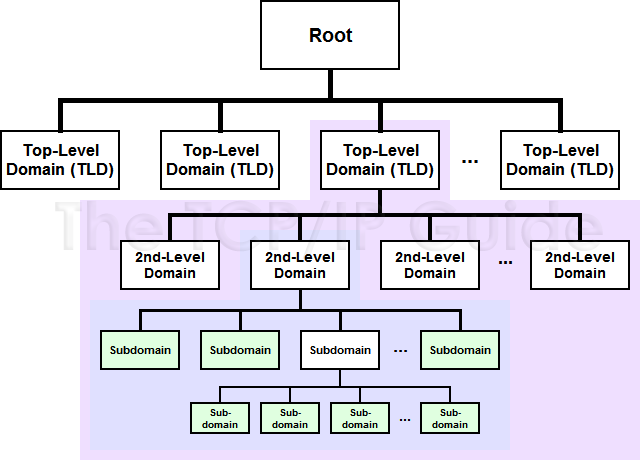 |
|
Please Whitelist This Site?
I know everyone hates ads. But please understand that I am providing premium content for free that takes hundreds of hours of time to research and write. I don't want to go to a pay-only model like some sites, but when more and more people block ads, I end up working for free. And I have a family to support, just like you. :)
If you like The TCP/IP Guide, please consider the download version. It's priced very economically and you can read all of it in a convenient format without ads.
If you want to use this site for free, I'd be grateful if you could add the site to the whitelist for Adblock. To do so, just open the Adblock menu and select "Disable on tcpipguide.com". Or go to the Tools menu and select "Adblock Plus Preferences...". Then click "Add Filter..." at the bottom, and add this string: "@@||tcpipguide.com^$document". Then just click OK.
Thanks for your understanding!
Sincerely, Charles Kozierok
Author and Publisher, The TCP/IP Guide
|
|
|

Custom Search
|
|
DNS Structural Elements and Terminology: Domains, Subdomains, and Nodes; Roots, Leaves and Branches; Parents, Children and Siblings
(Page 2 of 3)
DNS Domain-Related Terminology
There are also several “domain-like” terms that are often used to refer to domains at different levels of the hierarchy. These terms, shown in Figure 236, include:
- Root Domain: This is the root of the tree,
as before.
- Top-Level Domains (TLDs): These are the
highest-level domains directly under the root of the tree. They are
also sometimes called first-level domains.
- Second-Level Domains: Shockingly enough,
these are the domains located directly below the top-level domains.
- Subdomains: In some contexts, this term
refers only to domains that are located directly below the second-level
domains (but see below).
Figure 236: DNS Name Space Tree and Domain-Related Terminology
The top of the DNS name space is the root of the tree, and has no name. Under the root comes any number of top-level domains (TLDs); within each of these can be placed second-level domains, then within those subdomains, and so forth.
Some of the “tree” terminology used in DNS is also shown here. The portion of the tree with the purple background is one branch; the blue area highlights a smaller “sub-branch” within that branch. The green nodes within that blue area are the leaves of that smaller branch of the tree.
|
The term “subdomain” can also be used generically, like the word “domain” itself. In that case, it refers simply to the relationship between two domains, with a subdomain being under another domain in the structure. This means, for example, that top-level domains can be said to be subdomains of the root; every second-level domain is a subdomain of a top-level domain, and so on. But again, sometimes “subdomain” means specifically a third-level or lower domain.
|
| |||||||||||||||||||
Home - Table Of Contents - Contact Us
The TCP/IP Guide (http://www.TCPIPGuide.com)
Version 3.0 - Version Date: September 20, 2005
© Copyright 2001-2005 Charles M. Kozierok. All Rights Reserved.
Not responsible for any loss resulting from the use of this site.







 Key Concept: The top of the DNS name space is the root; under the root come top-level domains, and within these are second-level domains and then subdomains. In theory, any number of levels of subdomains can be created. A branch is any contiguous portion of the DNS tree; a leaf is a domain with nothing underneath it in the structure, and usually represents a single device.
Key Concept: The top of the DNS name space is the root; under the root come top-level domains, and within these are second-level domains and then subdomains. In theory, any number of levels of subdomains can be created. A branch is any contiguous portion of the DNS tree; a leaf is a domain with nothing underneath it in the structure, and usually represents a single device.